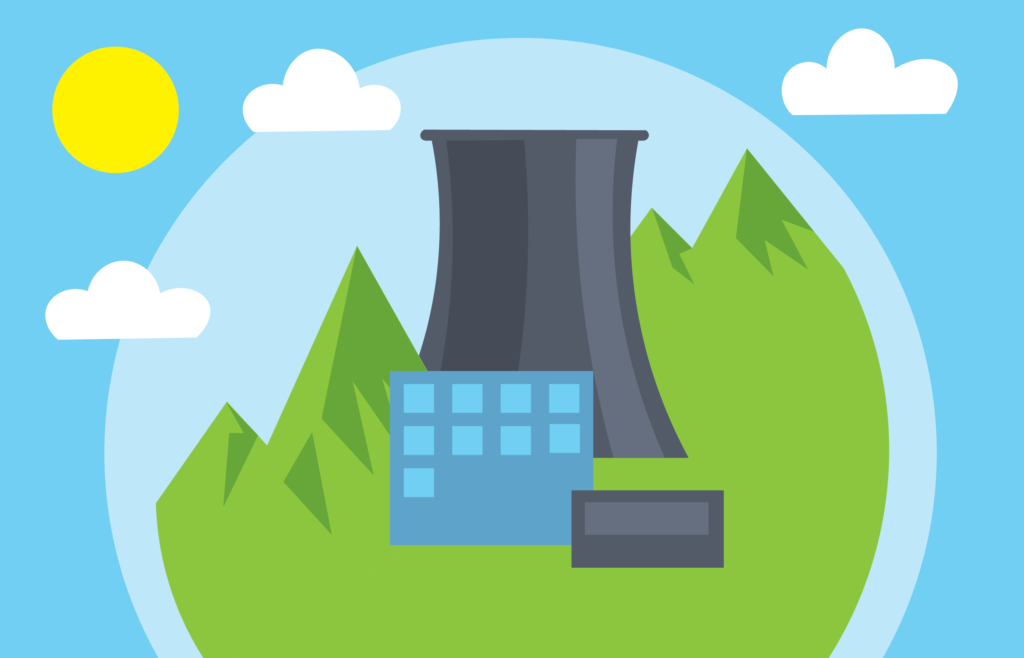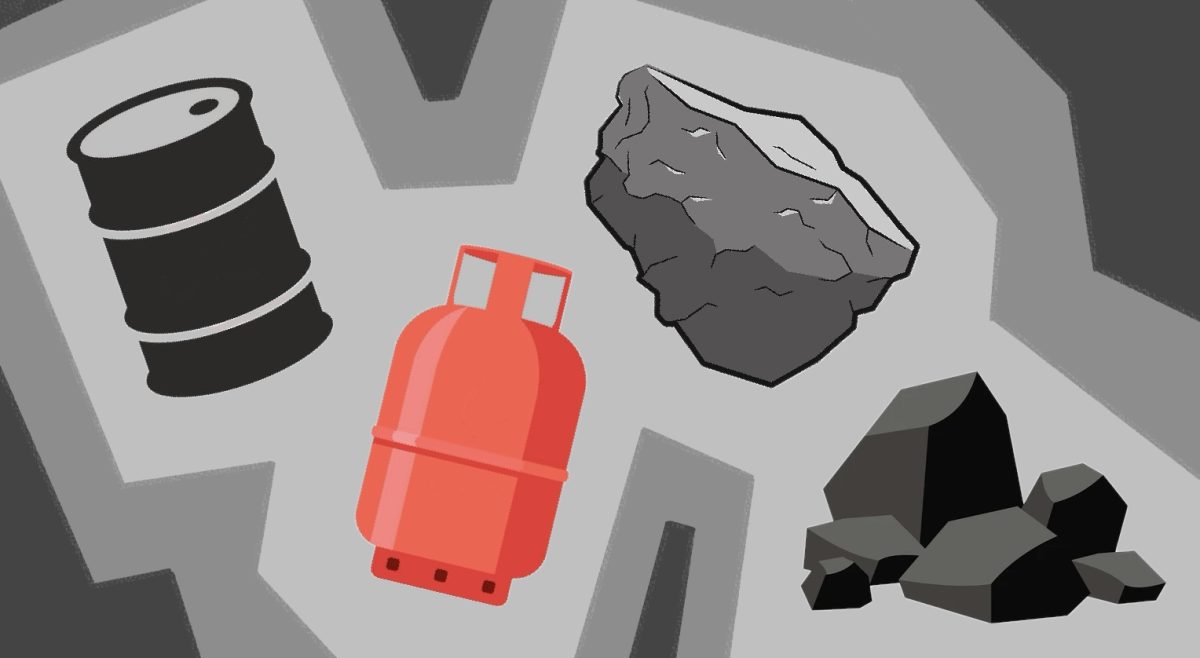As more Americans begin to view climate change as something that is already harming people in the United States, perhaps it is time for the American public to consider any and all options to cut carbon emissions as quickly as possible. While the current sentiment among big name environmental advocates involves coupling renewables with battery storage facilities to ensure a constant power supply, we should ask a simple question: Why not nuclear?
As of May 2020, 61 nuclear plants in the United States produce nearly one-fifth of the nation’s power, according to The Washington Post. This is an impressive statistic considering more than 1,700 natural gas plants produce one third.
In New England, only two nuclear plants provide around 25 percent of the region’s power, according to the U.S. Energy Information Administration. Given the sheer amount of clean energy that nuclear plants can produce, it is not surprising that the oil lobby has led the opposition to nuclear plants. The American Petroleum Institute advocated for an end to nuclear subsidies in Ohio and Pennsylvania in 2017. In light of presidential candidate Joe Biden’s recent announcement of a renewable energy plan that suggests a future without natural gas, the institute increased ad spending on Facebook nearly sixfold with a campaign intended to promote natural gas as environmentally friendly, according to Reuters.
A simple solution to diminishing the amount that the country relies on natural gas would be for the government to prop up the nation’s existing nuclear facilities with subsidies that ensure the preservation of the upside of nuclear power while mitigating the safety concerns that challenge our aging nuclear infrastructure. Instead, nuclear plants are being closed with nothing but fossil fuels to fill the void. When the Vermont Yankee plant shut down in 2014, natural gas use in New England increased by 13 percent, according to The Boston Globe.
Meanwhile, the closure of the Pilgrim Nuclear Station, which according to the EIA, provided over 13 percent of Massachusetts’ energy before its closure, all but ensures the Commonwealth will miss its 2020 obligation to lower emissions by 25 percent relative to 1990, as written in The Boston Globe.
Both closures are indicative of a highly concerning trend that anti-nuclear advocates avoid addressing: A major source of clean energy in the country is disappearing, and we are nowhere close to having the renewable generation to make up for it.
Meanwhile, California, which gets about 10 percent of its power from nuclear plants, is set to close its final plant starting in 2024, according to The San Diego Union-Tribune. This decision comes as serious summer power shortages caused PG&E, a Californian power company, to schedule widespread blackouts in Silicon Valley and San Francisco due to power supply being unable to meet consumer demands at times. a trend that is likely to continue indefinitely despite the state’s commitment to meeting future demand with solar energy.
It is some wonder that despite increased safety precautions and reactor efficiency, people such as Ed Markey and Bernie Sanders—who claim to be committed to reducing emissions and protecting the environment—continue to reject a source that provides massive quantities of clean energy.
Critics often bring up the issue of storing radioactive waste, but even that has an answer. Firstly, according to the Department of Energy’s Office of Nuclear Energy, all used fuel from all commercial U.S. plants since the late 1950s can fit on a football field and be less than 10 yards deep, a comparable amount to the waste generated by U.S. coal plants every hour. The long-term goal is to have central storage facilities, but for now all commercial nuclear waste is safely stored on site in shielded concrete casks.
More importantly, however, this waste is still useful. Spent fuel rods can be recycled, and most countries that use nuclear power—not the United States—are able to reuse fuel to keep operating costs down. This allows France to develop 71 percent of its energy from only 56 plants, and 17 percent of its total from recycled fuel, according to the World Nuclear Association. Unsurprisingly, the country has an extremely low level of per capita power generation emissions relative to other countries, while remaining the world’s largest net exporter of power.
So what does the future for nuclear look like? If the recent approval of NuScale’s design by the U.S Nuclear Regulatory Commission is anything to go by, it is promising. Smaller, more efficient reactors can replace the aging monoliths that came before and prevent the United States from simply ditching one fossil fuel for another. Despite a dwindling dependence on coal plants, the U.S. electric power sector saw a 15 percent increase in natural gas consumption between 2017 and 2018 according to the World Resources Institute.
New reactor projects have been bogged down in red tape and cost overruns, but a group of smaller reactors, such as those proposed by NuScale, promise to deliver on all fronts, with cheaper power and modern safeguards to ensure the mistakes of the past remain just that: in the past.
Five years ago, the closure of the Vermont Yankee Plant suggested nuclear power was on its last legs, but don’t count it out just yet. It has been an overly cautious mindset from the country’s supposedly progressive constituents that has prevented the U.S. from realizing the possibilities that a nuclear future can bring. New nuclear needs only a moment in the sun to blossom, and through it, we can help achieve the greener future we deserve.
Featured Image by Ally Mozeliak / Heights Editor













